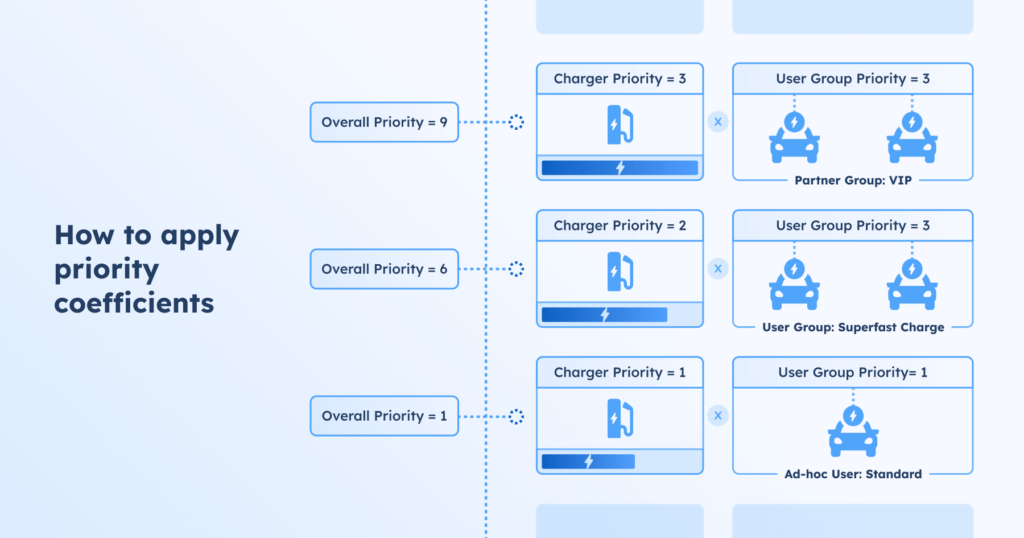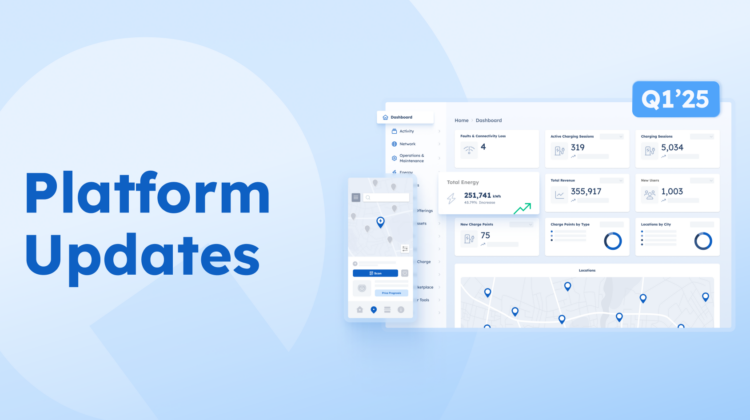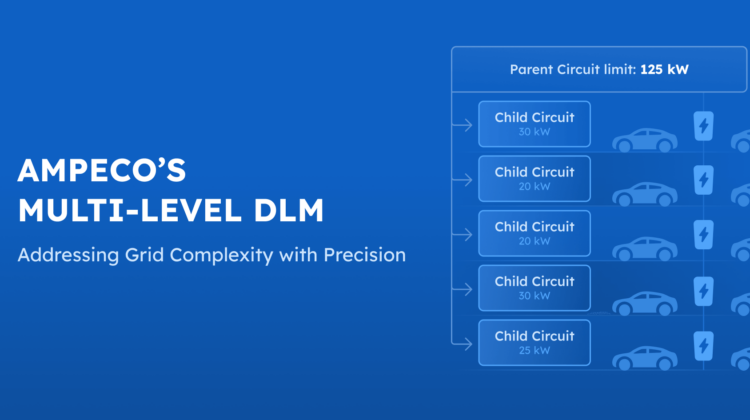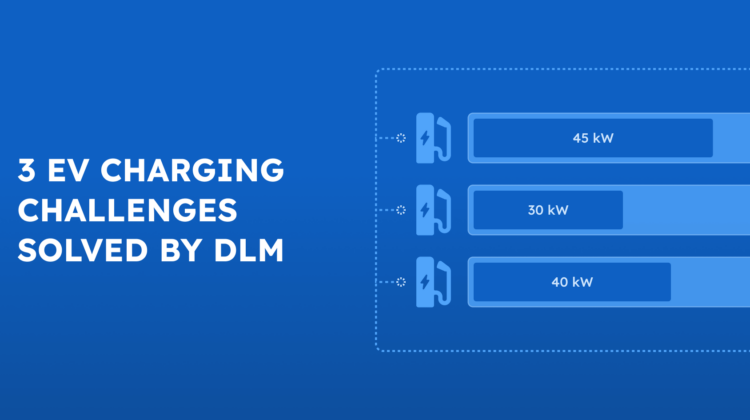CPOs are constantly searching for new ways to expand their services and generate additional revenue. By allowing operators to prioritize specific users, chargers, or groups of users or partners, CPOs can offer exclusive benefits to loyal customers, create VIP charging experiences, enhance business relations, and efficiently manage fleet operations with time-sensitive charging needs. This flexibility enables them to add value, differentiate their services, and optimize power distribution to serve their business goals better.
Aligning Power Distribution with Specific Business Strategies
There are different ways DLM prioritizations can be implemented in a CPO’s daily operations and logistics. Here are some key examples.
1. Priority for Subscription-Based Users
Users with active subscriptions or membership plans can be prioritized over ad-hoc or pay-per-use customers. For example, a commercial EV charging hub can ensure that corporate clients with monthly plans always have access to faster charging during peak hours. By offering this premium benefit, CPOs can improve customer satisfaction, increase retention rates, and encourage more users to opt for long-term subscriptions.
2. Fleet Management and Logistics Scheduling
Fleet operators often have vehicles with time-sensitive charging needs, such as delivery vans or company cars with strict schedules. CPOs can implement charging priorities to ensure that critical fleet vehicles receive power allocation first, reducing operational disruptions and improving overall efficiency. This strategic approach enables fleet operators to meet deadlines while optimizing resource utilization at charging stations.
3. Partner or Corporate Account Prioritization
CPOs can offer priority charging to vehicles associated with key business partners, reinforcing long-term collaborations. For example, a charging network can prioritize electric taxis from a ride-hailing partner over general public users during rush hours. This ensures reliable service for the partner’s fleet, strengthens contractual agreements, and fosters business growth through strategic B2B relationships.
4. Differentiated Pricing Based on Charging Speed
CPOs can create multiple charging tiers—such as standard, premium, and express—allowing users to pay for different levels of charging speed. For example, higher-paying customers can receive priority access to faster charging, while budget-conscious users can opt for slower, lower-cost sessions. This model not only generates additional revenue but also enhances customer choice, making charging more flexible and accessible.
5. Emergency Vehicle and Critical Service Prioritization
Emergency response teams rely on fully charged vehicles to carry out critical operations. CPOs can configure their charging networks to automatically prioritize ambulances, police EVs, and other emergency vehicles, ensuring they are always ready for deployment. Additionally, operators can implement real-time priority adjustments based on immediate service demands, reinforcing public safety and reliability.
6. Employee Charging Hierarchies
Businesses may need to prioritize charging for specific employees based on roles or operational importance. For example, a corporate campus may ensure that executives, emergency responders, or field employees who rely on EVs for business operations receive priority charging access. By offering tailored charging hierarchies, CPOs can improve workplace efficiency and support businesses in managing their internal energy distribution effectively.
In the following paragraph, we’ll explore how a single AMPECO capability enables all the use cases mentioned above.
AMPECO’s DLM Charging Priorities
The ability to set DLM charging priorities in AMPECO’s platform offers a more granular option for power load management at charging station locations. Priorities can be applied to specific Charge Points within the DLM Circuit and/or to users associated with specific Partners or User Groups. Every CPO can create specific user or partner groups and assign rules related to these groups to align with their business strategy. For example, CPO’s partner group users might have the privilege to be treated with higher priority when charging.
DLM priorities are determined by numbers or coefficients—the higher the number, the higher the priority. A higher priority means more charging power will be allocated to that session.
Operators can also implement a combination of coefficients at both the charger and user levels to address more complex use cases. For example, consider an emergency vehicle that requires priority charging. It may belong to a high-priority user group while also needing to use the charger closest to the exit to ensure a quick response in an emergency. This will result in an overall higher priority because the priority for the charger will be multiplied by the priority set for the user group. The formula behind this logic is: Session Priority = (Charger priorityxUser priority)

Meet Your Business Goals with AMPECO’s DLM Capabilities
By leveraging DLM prioritization, CPOs gain a powerful tool to fine-tune power distribution, prevent inefficiencies, and align energy allocation with business goals. However, effectively implementing these capabilities requires a robust and well-configured CPMS that dynamically adapts to real-world conditions., AMPECO’s approach provides the flexibility and control needed to meet both technical demands and operational goals.
Book a consultation with AMPECO to explore DLM’s capabilities and discover how they can unlock new business opportunities for you.










